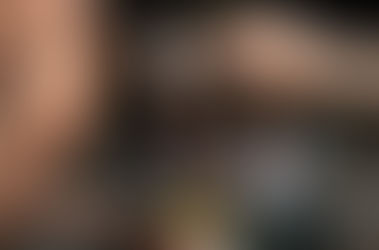RGB, colour and so on
- Antoine Boesch

- Apr 13, 2014
- 3 min read
The other day, was reading a photo magazine, one of those delving into technique, which now more often than not is synonymous with software and computer science.
There was an article about converting colours from the gamut (the technical term used in the article) used by the camera, termed RGB (from red-green-blue, since these primaries on the digital camera's sensor are combined to render all the colours you see on the camera's, or your computer's, screen), to that (whose acroyme I've forgotten) used by printers, which combine other primaries in other ways to produce the image on paper.
Apparently, accurately converting colors, or specifically a set of colours so that they remain coherent, from one gamut to the other is difficult/complex/problematic.
I thought: when/why did photography become so complicated ?!
The article was also explaining how there are in fact two different RGB gamuts or standards in use: sRGB and Adobe RGB. I'd noticed this in my camera's menu, and had dismissed the whole thing for two reasons: first, I mostly shoot in B&W rather than in colour; second, I didn't have the first clue what this all meant, and what I was supposed to do with either. Turns out I wouldn't have had to wait for that article, since both my digital cameras (Nikon D600 and Nikon Df) have a button that provides explanations to most of the menu features. Anyway, the gist of it is that sRGB covers about 35% of visible light frequencies (i.e. colours), whilst Adobe RGB covers about 50%. sRGB is meant to be fine-tuned for photos to be shown on computer screens, whilst Adobe RGB is supposed to be rather better for photos meant to be printed.
My first reaction was to grab both my DSLR's and check that the setting was on Adobe RGB, since I wanted my photos to be printable with their colour nuances the finest and closest possibly to reality.
So I switched to Adobe RGB - then thought: why ?! Why should I necessarily care about reality and reproducing or reflecting it in all its shades ?
First off, a photo isn't real: it's a two-dimemsional slice of reality.
Think of the pictorialist movement in the early years of photography: simply reproducing reality wasn't considered worthy of an art form, and a number of photographers, in a bid to elevate their craft, altered their photos to make them look rather more like paintings.
The techniques now made available by digital technology are, again and perhaps more than ever, openly or otherwise, taking photography away from reality.
Second, it would seem rather odd for an habitual B&W photographer to care particularly about every slight shade of green or brown, blue or purple, when shooting in colour.
Indeed, what is reality ?! I'm colour blind (brown much like green, purple no different to blue), so my reality is clearly different to yours. But that's just an obvious example, as each person's senses are tuned slightly differently to their neighbour's. I wish tomatoes would keep away from my reality as much as possible, and find myself persecuted at every turn when travelling in southern Europe or North Africa !
And so, in my particular case, it really shouldn't matter at all whether my cameras are set on sRGB or Adobe RGB - and yet I didn't switch them back to sRGB. This is certainly an alternate reflection of the turn of mind that woudn't allow me to purchase a digital camera without RAW capability (see my "RAW madness" blog post), although I've never actually used it. A turn of mind, probably inate to all of us, that makes us want to "possess" reality to the greatest possible extent, regardless of what we then do with it.




















Hi great readinng your post